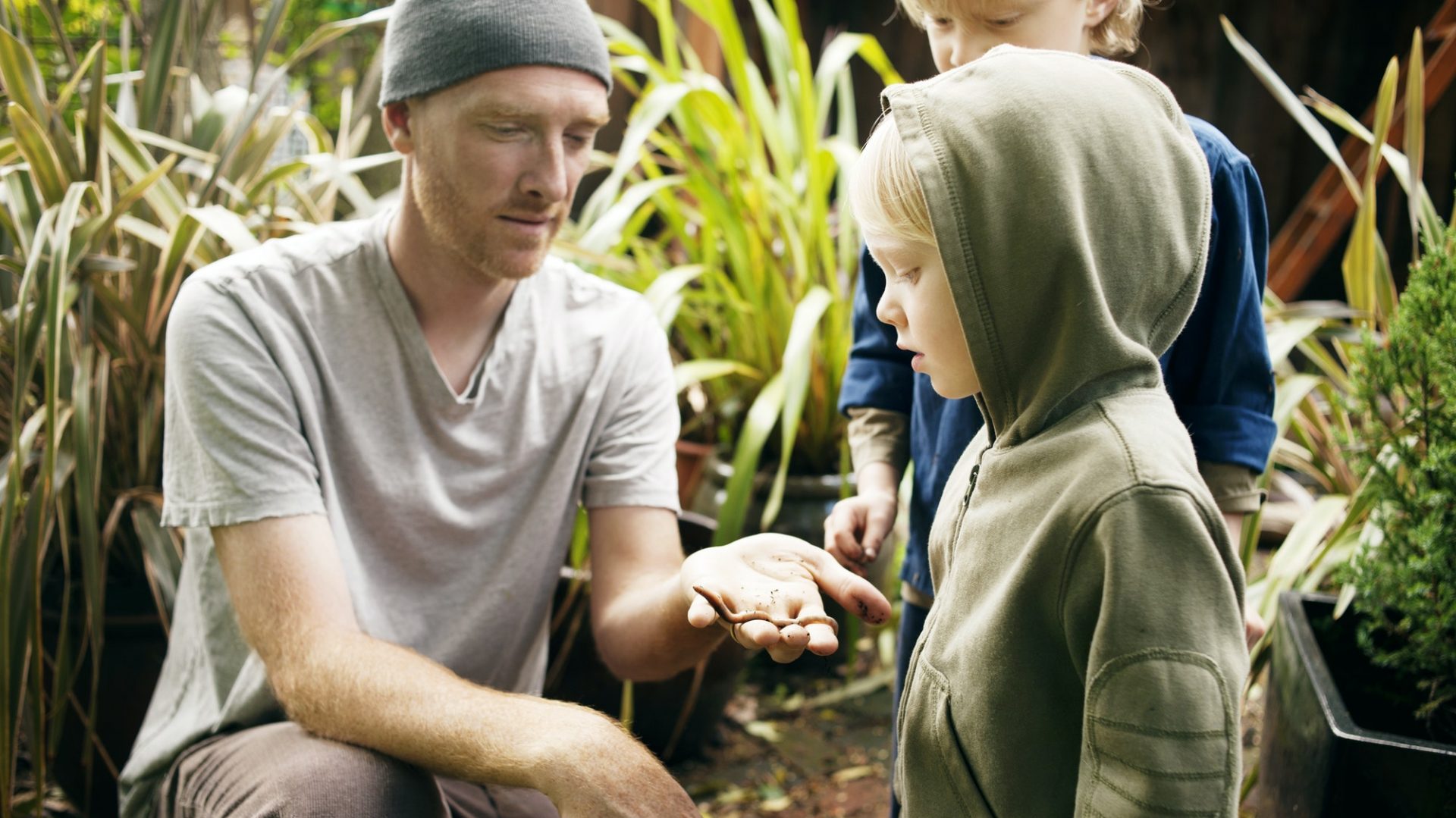Introduction: Unraveling the Mystery
Cactus, with their striking shapes and resilience, have become popular houseplants and garden additions. Yet, behind their robust exterior lies a delicate balance of nutrients and soil composition essential for their growth. One key component in this equation is cactus compost. In this article, we delve into the world of cactus compost, exploring its significance, composition, and how to create the perfect mix for your prickly companions.
Understanding Cactus Compost: What Makes it Special?
Cactus compost isn’t your typical potting mix. It’s tailored to meet the specific needs of cacti, which thrive in arid environments with well-draining soil. The primary objective of cactus compost is to mimic the natural habitat of these plants, ensuring optimal growth and health. Unlike traditional potting soil, cactus compost is leaner, with fewer organic materials that could retain moisture and lead to root rot.
Essential Components of Cactus Compost
- Sandy Soil: Cacti despise standing water, making sandy soil a fundamental ingredient in cactus compost. Sand ensures excellent drainage, preventing waterlogged conditions that can spell doom for these desert dwellers. Aim for a coarse sand to maintain adequate aeration within the soil.
- Perlite or Pumice: These lightweight, porous materials are invaluable additions to cactus compost. They enhance drainage and aeration, preventing compaction and promoting healthy root development. Perlite and pumice also help to balance the soil’s pH level, which is crucial for cactus growth.
- Peat Moss or Coconut Coir: While cacti prefer a low nutrient environment, a small amount of peat moss or coconut coir can provide some organic matter without retaining excess moisture. These components aid in moisture retention without leading to waterlogging, striking a delicate balance in the soil mix.
- Gravel or Small Rocks: Incorporating gravel or small rocks into the compost adds further drainage and stability to the soil. These coarse materials create air pockets, preventing compaction and ensuring ample oxygen reaches the roots.
Creating the Perfect Cactus Compost Mix
Now that we understand the essential components of cactus compost, let’s explore how to blend them together to create an ideal growing medium for your cacti.
- Gather Your Ingredients: Collect the necessary components for your cactus compost mix, including sandy soil, perlite or pumice, peat moss or coconut coir, and gravel or small rocks.
- Mix in Proportions: Combine the ingredients in the appropriate proportions. A typical ratio might include 50% sandy soil, 25% perlite or pumice, 15% peat moss or coconut coir, and 10% gravel or small rocks. Adjust these ratios based on your specific cactus species and environmental conditions.
- Thoroughly Blend: Use a large container or wheelbarrow to thoroughly blend the ingredients together. Ensure an even distribution of materials to create a uniform compost mix.
- Test Drainage: Before potting your cacti, perform a simple drainage test. Moisten the compost mix slightly and observe how quickly water drains through. Adjust the mix if necessary to achieve optimal drainage.
- Pot Your Cacti: Once you’re satisfied with the compost mix, carefully pot your cacti, ensuring the roots are nestled comfortably in the soil. Use pots with drainage holes to further prevent waterlogging.
Maintaining Cactus Compost: Tips for Success
Creating the perfect cactus compost mix is only the first step. To ensure your cacti thrive, it’s essential to maintain the soil properly.
- Water Sparingly: Cacti are drought-tolerant plants, so water them sparingly. Allow the soil to dry out completely between waterings to prevent root rot.
- Provide Adequate Sunlight: Place your cacti in a sunny location where they can receive ample sunlight. This mimics their natural habitat and promotes healthy growth.
- Monitor for Pests and Diseases: Keep an eye out for signs of pests or diseases, such as mealybugs or root rot. Promptly address any issues to prevent them from spreading to other plants.
- Repot Periodically: As your cacti grow, they may outgrow their pots. Periodically repot them into slightly larger containers with fresh compost to provide ample space for root development.
Conclusion: Nurturing Cacti with Care
Cactus compost is more than just a growing medium; it’s a recipe for success in cultivating these unique plants. By understanding the specific needs of cacti and crafting a compost mix tailored to meet those needs, you can ensure your prickly companions thrive for years to come. With the right blend of sandy soil, perlite, peat moss, and gravel, combined with proper care and maintenance, you’ll unlock the secret to vibrant, healthy cacti in your home or garden.
This article is provided by
